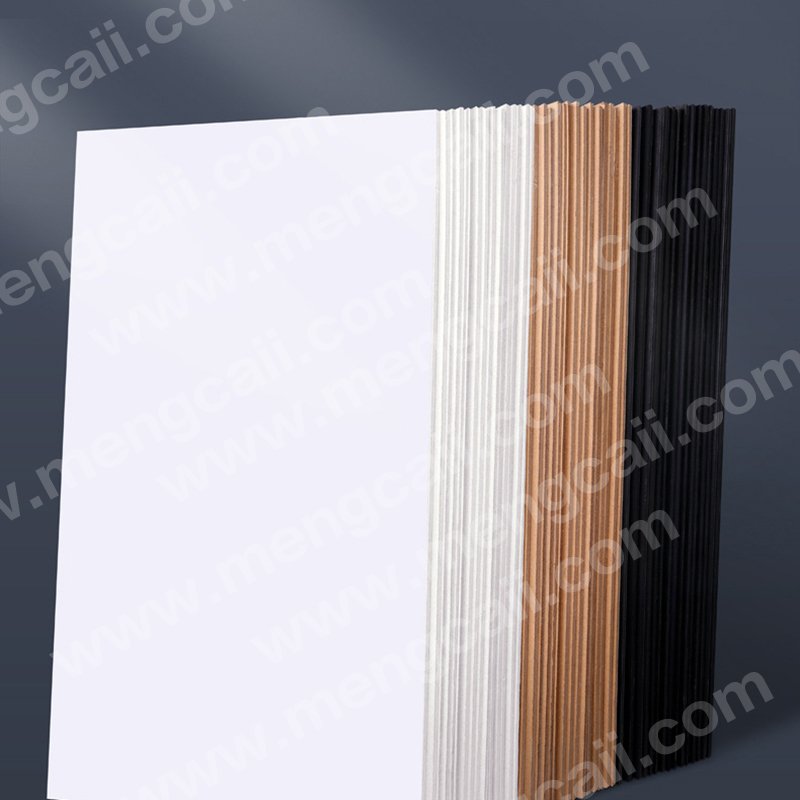What determines the load-bearing capacity of cardboard hangers?

In today’s pursuit of sustainable development, eco-friendly paper hangers have become a new choice in the fashion industry and everyday home furnishings. However, many users are most concerned about: What is the actual load-bearing capacity of paper hangers? What factors determine their durability and stability?
In fact, the load-bearing performance of a paper hanger is a systematic process, primarily dependent on three key factors: the characteristics of the cardboard material, the scientific design of the structure, and the direction of the cardboard grain. Let’s take a deeper look.
1、Cardboard Material: The Foundation of Load-Bearing Capacity
The load-bearing capacity of a paper hanger depends first and foremost on the quality of its raw material—the cardboard. Cardboard made from different materials and processes exhibits significant differences in load-bearing performance.
Cardboard Composition and Structure
High-quality cardboard is made by bonding multiple layers of thin paper together using a specialized lamination process. This multi-layered structure not only increases the cardboard’s thickness but, more importantly, through the bonding between the layers, significantly improves the material’s stiffness and overall strength. The quality of the lamination process directly determines the cardboard’s ultimate performance.
Choosing Paper Materials
Ordinary gray board vs. kraft paper: Gray board has relatively low hardness and average toughness. Kraft paper, however, due to its long fiber structure, offers greater hardness, stiffness, and toughness, making it the preferred material for high-load-bearing paper hangers.
Grade Variations in Kraft Paper: Even within kraft paper, there are distinct grades. Higher-grade kraft paper utilizes longer fibers and purer raw materials, resulting in superior stiffness and deformation resistance. Of course, choosing higher-grade materials also comes with a corresponding increase in cost, which is directly reflected in the product’s quality and price.

2、Structural Design: The Key to Load-Bearing Performance
Excellent materials require scientific design to maximize their effectiveness. The structural design of a paper hanger is a crucial factor in ensuring its load-bearing capacity.
Mechanical Structure Optimization
Professional paper hanger design fully considers the principles of mechanics:
Reinforced Structural Design: Utilizing wavy, honeycomb, or internal support structures effectively distributes weight, avoids localized stress concentration, and significantly improves overall load-bearing capacity.
Detailed Design Optimization: The curvature and width of the hanger’s shoulder, as well as the connection method to the hook, are carefully designed to ensure uniform load distribution during use.
Scientific Utilization of Grain Direction
This is an often overlooked but crucial detail. Cardboard fibers have distinct directional properties.
When the primary load direction of the hanger aligns with the cardboard grain, the cardboard’s tensile strength is maximized.
Professional manufacturers will strategically arrange the cardboard cutting direction to align the grain with the load-bearing direction, thereby maximizing the hanger’s load-bearing capacity.
3、Innovative Practice: The Manufacturing Principle of High-Quality Paper Hangers
Translating theory into practice requires continuous technological innovation and a commitment to quality. Excellent paper hanger manufacturers ensure product quality through the following methods:
As an innovator in the field of eco-friendly hangers, Mengcaii Hangers is committed to material research and development and process improvement. We select high-grade kraft paper materials, combine them with innovative structural designs, and undergo repeated testing and optimization to develop a series of high-load-bearing paper hangers. Our hangers maintain their shape even when hanging heavy clothing, without deformation or bending, providing reliable support for clothing display while also being environmentally friendly.

